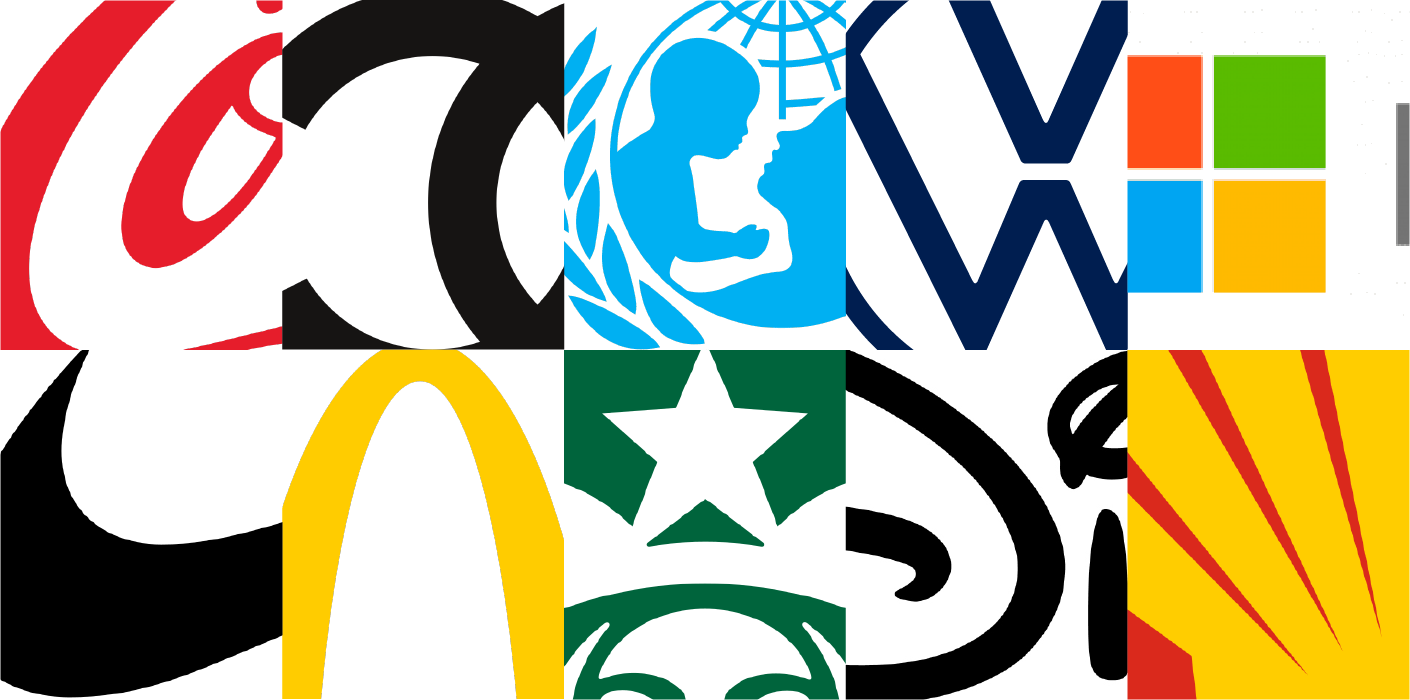Our brains think in images, not words. It’s easier for our grey matter to decode a picture into words than it is to encode words into a picture. And pictures evoke emotion, which increases the impact of communicating a message.
As a society, we’ve been broadening our communication methods for a while. We’re slowly moving away from verbal and text methods, to clever copy supported by images or pure visual communication such as animation, video and GIFs.
To test out that theory, let’s play a game. How many of these logos do you recognise? Can you name the brand name for each of them?

The answers are below. How many did you get right?
It’s amazing how our brains are wired to recognise something just by a visual alone.
Just think about it: we’re bombarded with visual communication on a daily, if not hourly, basis. From television ads to social media, we post, tweet, story and pin images to capture our audience’s attention. The message is clear; our communication methods are becoming more visual than ever before.
Visual communication is important because:
- It helps to increase a message’s memorability
- It can be persuasive, influential and emotional
- Human brains look for patterns in their environment to help make choices and to achieve knowledge
- It can break down language barriers
- It helps build a brand or concept’s image and identity.
So, next time you’re communicating about your share plans or rewards, think about how you can combine visuals and clever copy into your messaging.
- Can you create a logo for your share plan making your ‘brand’ recognisable?
- Can you use images of your colleagues to evoke a sense of emotion? How are they using the money that they’ve gained through the share plan?
- Can you use imagery that aligns with your mission and values making your messaging seem familiar and reassuring?
- Can you use visuals to simply explain the joining process?
- Can you include animation or video into the mix?
- Think outside of the box. Can you use your visuals as screensavers or send them to screens located around your workplace, or even apply animated GIFs to your chat channels?
If you’d like help creating a share plan or reward communication strategy that incorporates clever visuals and motion, then come and have a chat with us.
Answers: Coca Cola, Chanel, Unicef, Volkswagen, Microsoft, Nike, McDonald’s, Starbucks, Walt Disney Pictures, Shell



